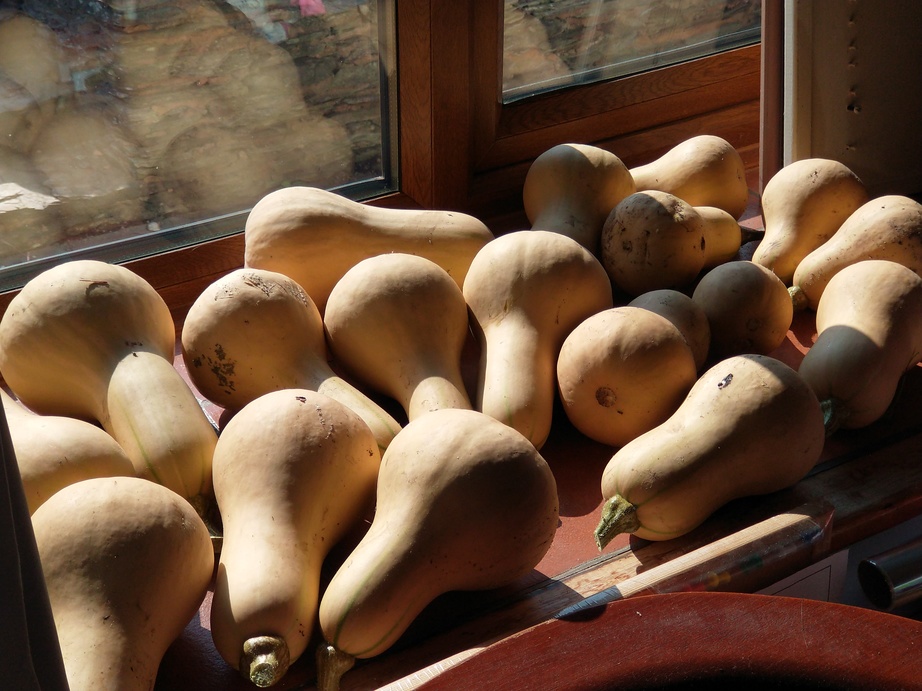Eat it, mostly

Much as I enjoy being carnivorous we took a decision as a family a few years back to try to reduce the amount of meat we eat in favour of more vegetables and we now usually eat vegetarian for four days each week, with as much of that as possible coming from the garden. My in-laws live with us in a "granny annexe" and now in their late 80s are struggling to do much in the garden, so I try to grow enough for them too, even if my mother-in-law does appear to have a bit of an aversion to "dirty vegetables" coming into the house

And we do seem to get through a lot of some things. As I posted earlier, we quite probably will get through 400 onions in a year if they'll keep long enough. And whilst we've given some to friends and family we kept at least forty garlic bulbs for ourselves and I'm not sure they'll last until the next harvest. Tomatoes we use by the bucket-load because who doesn't eat fresh tomatoes if they have them? And any excess gets turned into sauces for pasta or pizza and preserved. Lots of different vegetables get made into soups. The butternut squashes didn't do that well last year, but in 2020 this was the harvest:
Those lasted us until some time in April as far as I recall.
We're probably about two thirds of the way through last year's carrots. I thought they would last much longer. Chiles we often have more of than we need, so the excess we often give to friends and family, as with a few other vegetables that can be preserved easily. We still do get through an enormous number of jalapenos though. Visitors also rarely leave without a few vegetables during the summer.
I can't deny that it's possible to get a bit hooked on it all. A tomato, basil and mozzarella salad made from shop-bought ingredients just doesn't come remotely close to taste of one made with tomatoes and basil that have only just been picked from the garden. I had quite a successful year with sweet corn last year and it is the best I have ever tasted by miles. After that, only home-grown will do

It is fair to say that I do tend to grow a bit more than we need of some things, certainly. Come the spring there will still be a few leeks, parsnips, sprouts, cabbages, swedes and kale standing in the plot. I can live with that if it's the cost of knowing that if we want a cabbage or whatever then it's there, though before things start to run to seed I will try to get some of it into the freezer in pasties and suchlike.
The way the world is at the moment it seems a very positive thing to be doing for financial reasons too. Food is becoming noticeably more expensive and what I spend on seeds quite possibly wouldn't even keep us in lettuce for the year if we had to buy it.
James




















































